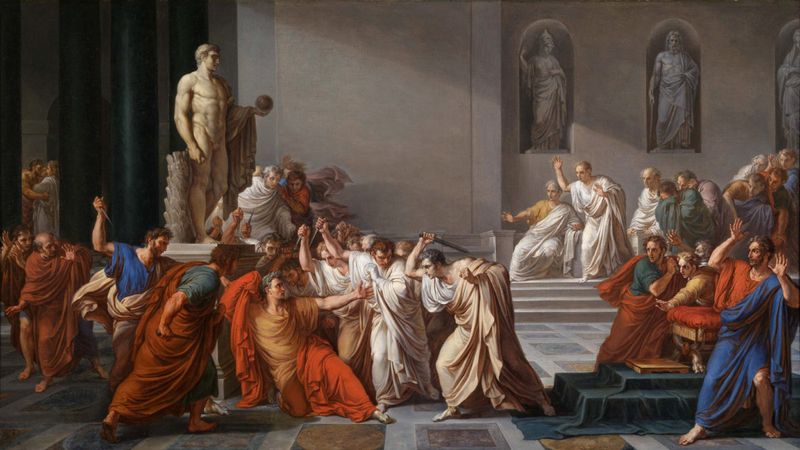This year is a bit longer than usual as we have an extra day in February. But it’s probably not the day you think it is.
Almost all calendar systems are an attempt to model the motion of the sun and/or the moon. Unfortunately the duration of these cycles don't easily fit well together. A common solution in many calendars is to occasionally insert a leap day, leap days or even leap month to keep the calendar in sync with the motion of the heavens.
The primary purpose of a Christian calendar is to reliably establish the date of Easter and this calculation is known as the computus. Julias Caesar reformed the old Roman calendar in 45 BC with the introduction of his Julian calendar system, and our modern Gregorian calendar is just a small revision to improve its accuracy.
Both calendars reconcile the cycles by inserting (leap) days from time to time. The Leap Year rules most people know come from the Julian Calendar: i.e. Any year divisible by four will be a leap year. The Gregorian calendar revised the frequency of leap days with two additional rules: Any year divisible by 100 is not a leap year. Any year divisible by 400 is a leap year.
Getting back to the leap day - we commonly think of the 29th as being the extra day in February, but the original Roman leap day was legally defined as occurring "before the last five days of February". That puts it in-between the 23rd and 24th of February.





